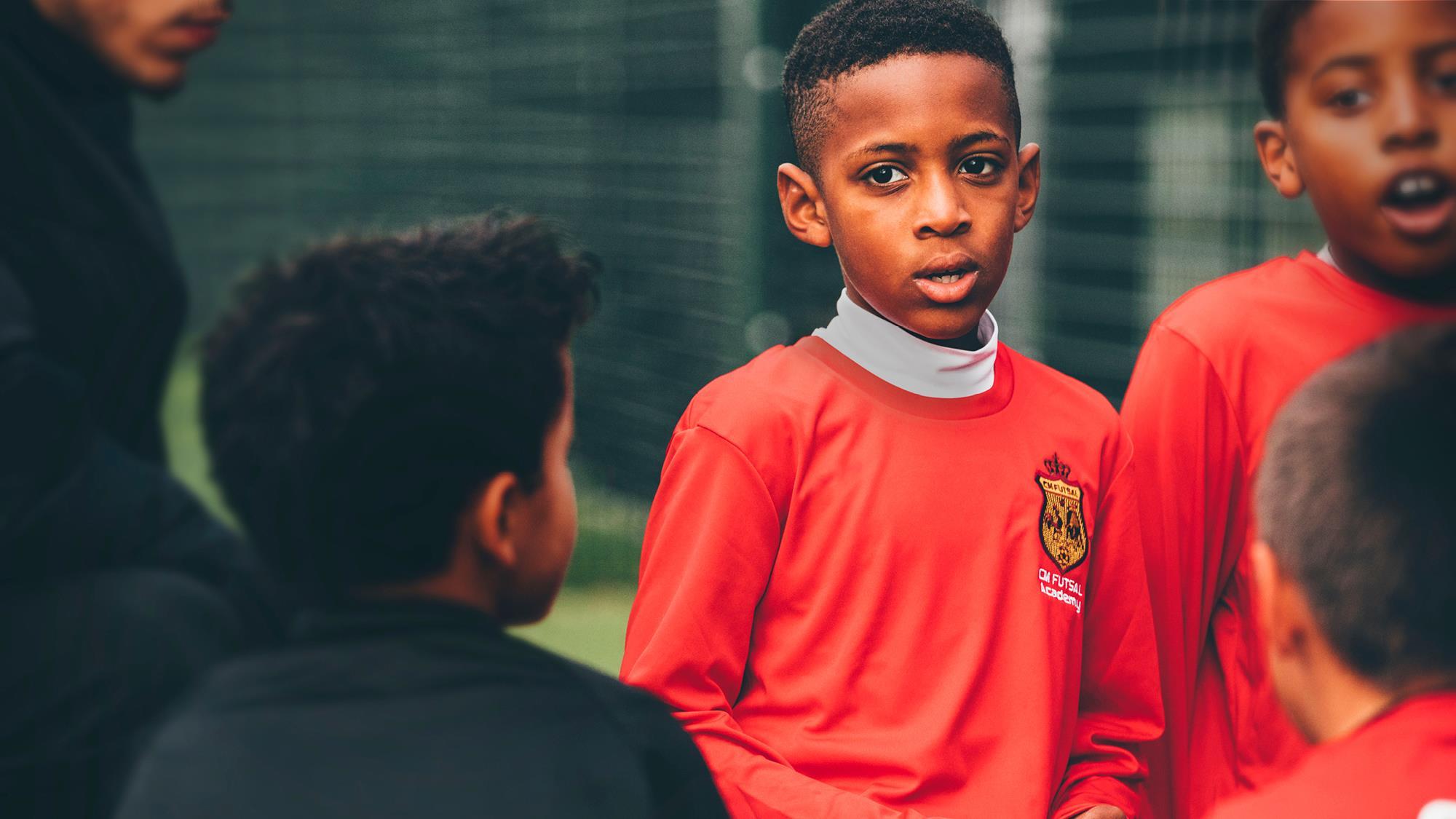PLAYZONES PROGRAMME WORKSHOP




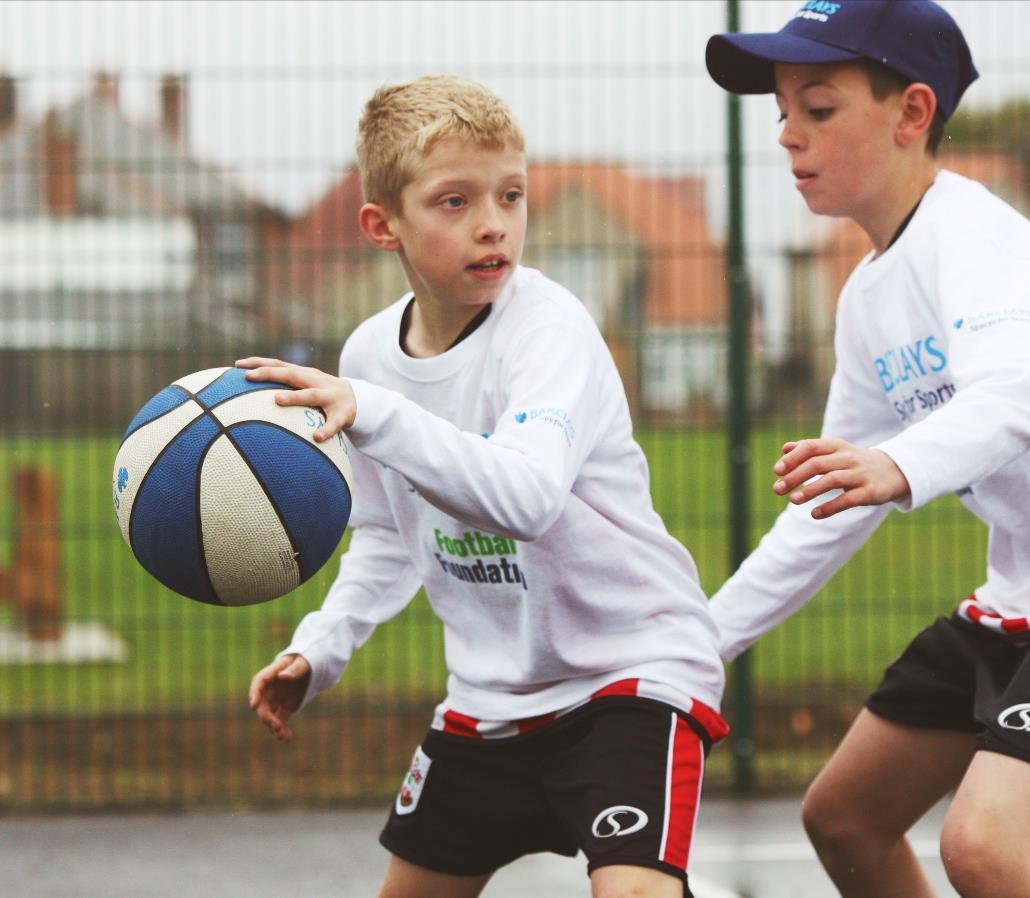






o The Football Foundation is the Premier League, The FA and the Government’s charity.
o We exist to improve grassroots football facilities.
o The Foundation has invested more than £710m of the Partners’ funding over the past 20 years in to more than 17,000 projects.
o The Government has confirmed additional funding of over £200m to football facilities 2022-25
o Our new investment plan strongly aligns the investment from all Funding Partners towards Uniting The Movement, delivering a new multi-sport approach and a unified focus on tackling inequalities.
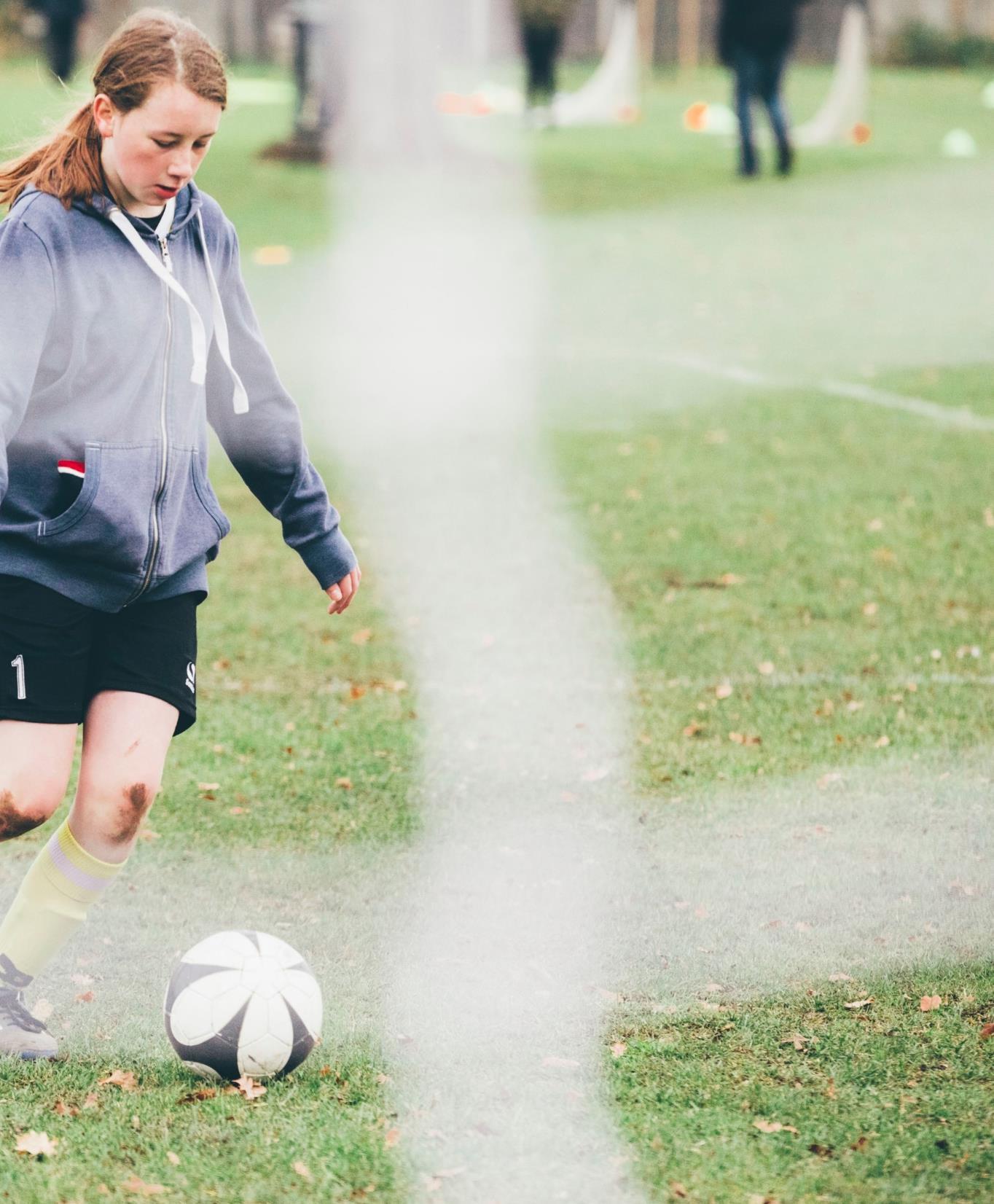

Investment will focus on: Women & Girls, Disabilities, Diverse Ethnic Communitiesand Lower Socio-Economic Groups.All projectswill engage with these groups with at least 75% providingsustained outcomes.
Equal access for girls Investment will ensure that every girl has the same opportunityas every boy to play footballboth at their schooland local club.
Targeted investment Investment will be prioritiesinto communitiesthat are most in need and where the greatest outcomes will be achieved.
Community engagement Communityengagement is fully embedded within our processes. Ensuringlocal groupsare involved in project development, helping to tackle inequalities locally and inform the range of sports and activities at facilities.

Our approach so far…
o Umbrella term to describe the different formats of the small sided game; from teams and leagues to recreationaland informal

o Significant market of 13.1m people in England
o Insight gathered over a number of years to understand the different formats, customer segments and their preferred facility types
o Investment opportunitiescaptured through LFFPs
o This facility type offers a significant opportunity to tackle inequalities and providemulti-sport benefit
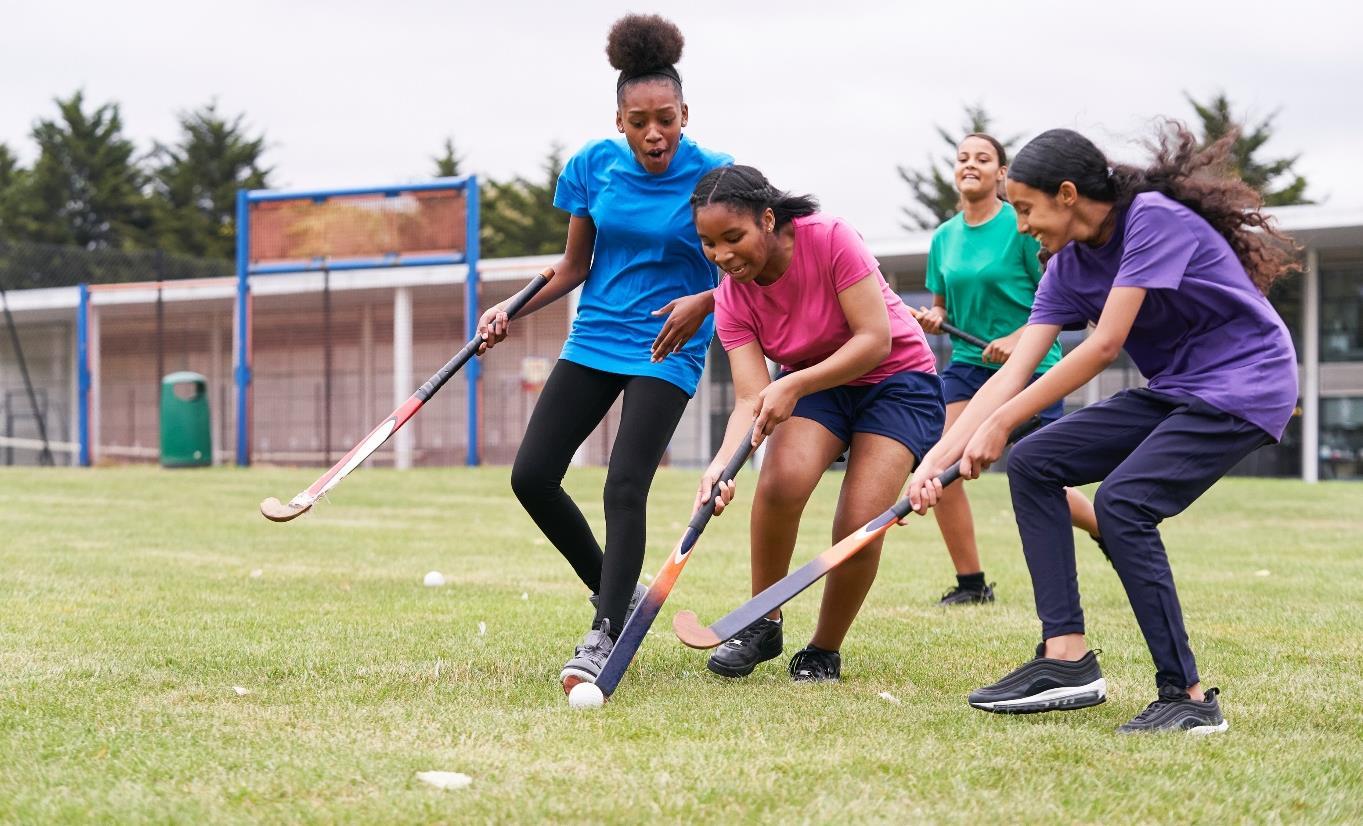
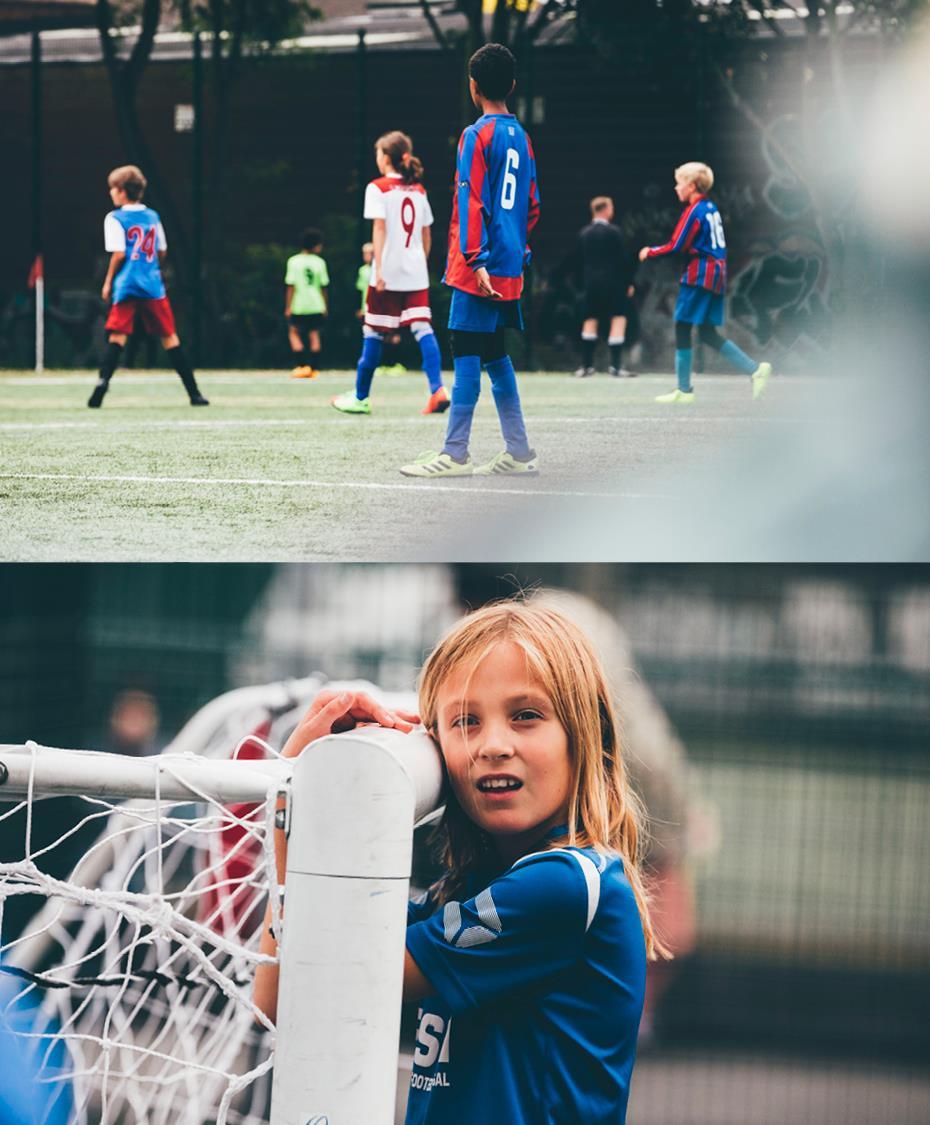
o This is the facility type we know the least about.We commissionedfurther research to review existing insight and fill gaps in knowledge and design facility types reflectingthe findings of that research
o This research provided the key ingredients which enable small sided and multi sport facilities to succeed

o One size does not fit all
o It’s in communities, and organisationswithin them, where the inequalities specific to that area can be best understood,and where the best prospectsof tackling them lie
o The best community projects are designed and delivered in partnership with the community
o Targeted groups are more likely to take part if they’ve been included in the development
o We need to work differently with the communities meeting them where they are at, in a more bottom-up approach
o For many of the communities we are trying to engage, we know that a recreational offer is important to reach the target audiences
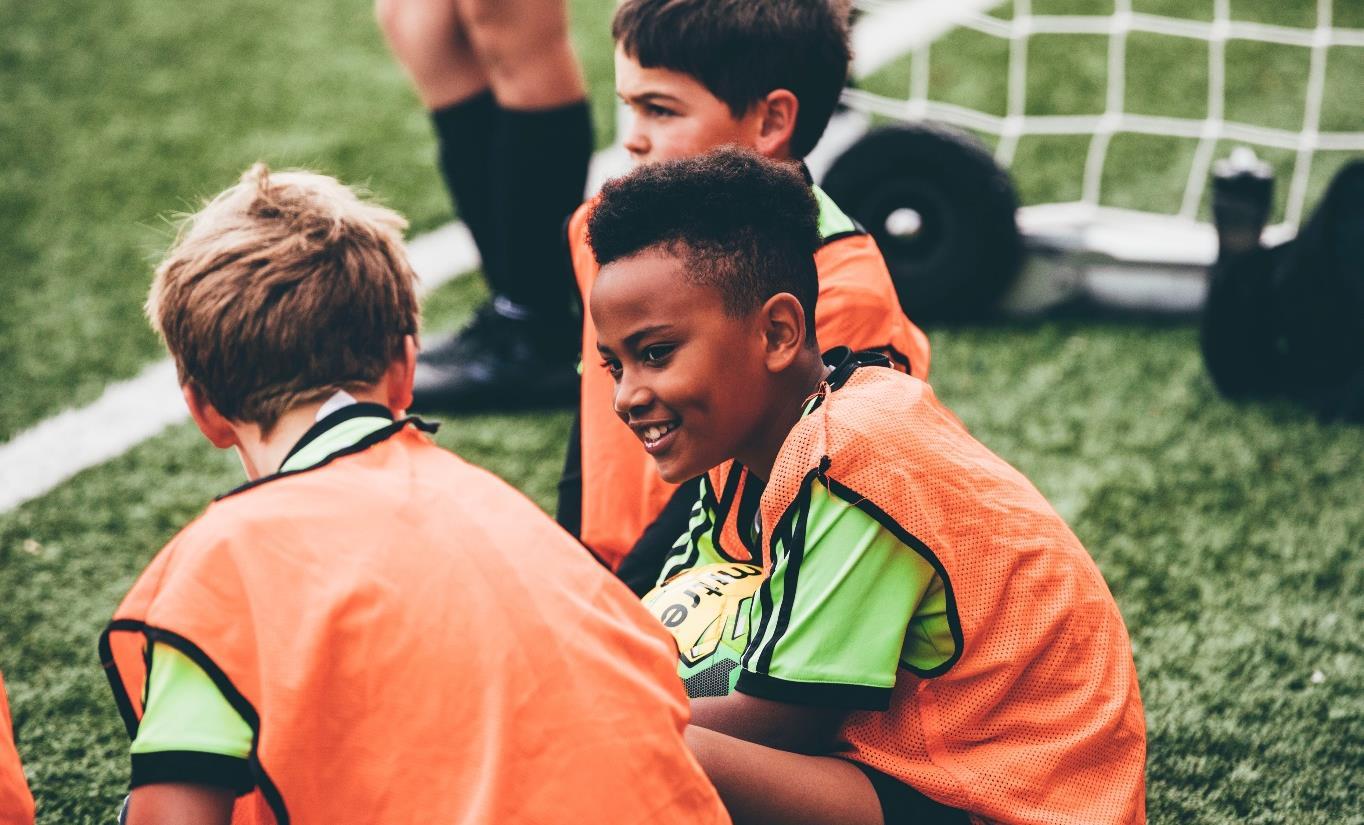

o Activation of the space is as important as the facility itself.

o Consortium approach testing and success of consortium approach e.g. new partners working together, insight, input from community orgs etc.
o Community engagement testing toolkit and approach
o Focus on priority groups and places best results coming from clear focus on these ‘narrow the focus’
o Need for project management and community engagement support
o Recreational football confirms our insight that this form of game is popular with priority groups and key to increasing activity
‘Weheldanumberoflocal conversationstogaininsightfor theapplication.Theleadership wasdistributedacrossanumber ofpartnersandwegainedsome reallygoodknowledge.Thisisthe impactofaconsortiaapproach.’
Active Partnership
‘Havingadiversegroupfrom avarietyofbackgroundsand experienceandlookingata bottomupapproachrather thanatopdown.Allowingthe projecttobeledbyreal peoplethatitwillhavethe greatestimpacton.’
‘Bringinganumberofkey organisations(whomdeliveron avarietyofkeyaimstosupport thecity)togetherwhowouldnot normallyjoinuptoco-produce orcollaborate.’ CCO
Local Authority Sports Development Team
‘Withcutstofundingitis impossibletoworkaloneso workingwiththeconsortium membersprovidesanopportunity tocollectivelymakeadifference.’
CCO
‘WeareaVolunteerCentre thatworkscloselywith communitygroupsand volunteersinourlocalarea, socanofferadifferent perspectivefortheproject.’ CVS

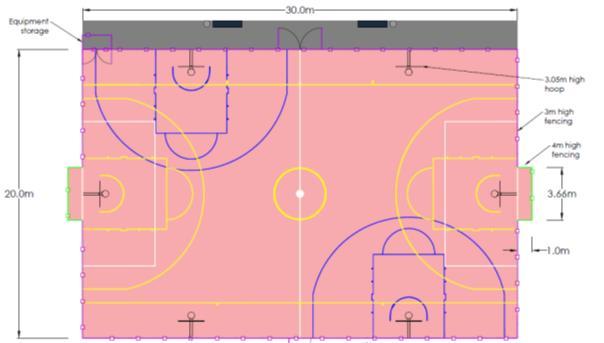



Using the learning gathered to date, Sports Labs were instructed to engage key sports National Governing Bodies and produce some key design principles
These design principles are based on recreational football plus at least one other sport Working collaboratively with the Basketball England, England & Wales Cricket Board, England Hockey, England Netball, Rugby Football League and Rugby Football Union to agree design requirements for recreational forms of their sports (e.g. surface types and line markings).
These are reflected in the agreed designs.

Football only 3G non infill synthetic turf 120
Football & Rugby 3G non infill synthetic turf 120
Football & Cricket 2G sand dressed synthetic turf 200
Football & Hockey 2G sand dressed synthetic turf 200
Football & Netball 2G sand dressed synthetic turf 120
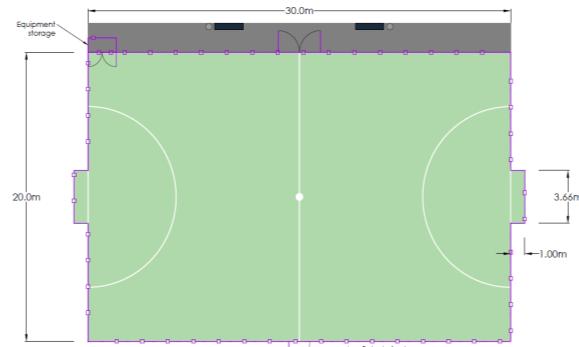
Football & Basketball Type 4 polymeric surface 120
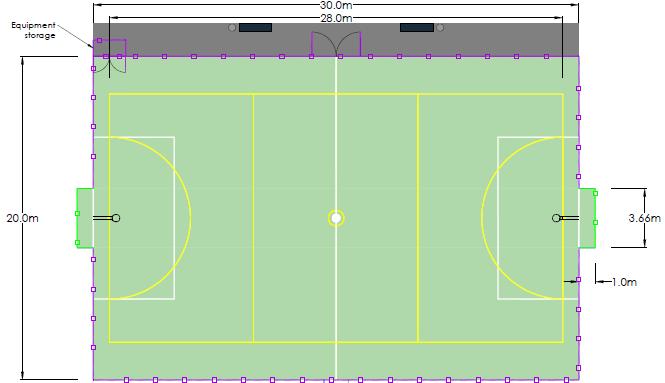
PlayZones are modern, safe, and engaging facilities. We want this to be reflected in the design and settings for these facilities.
PlayZones are designed for recreational football and at least one other sport. There are a range of facility types to meet the needs of different sports.
Further design guidance will be shared later and these pitch designs are for illustrative purposes only
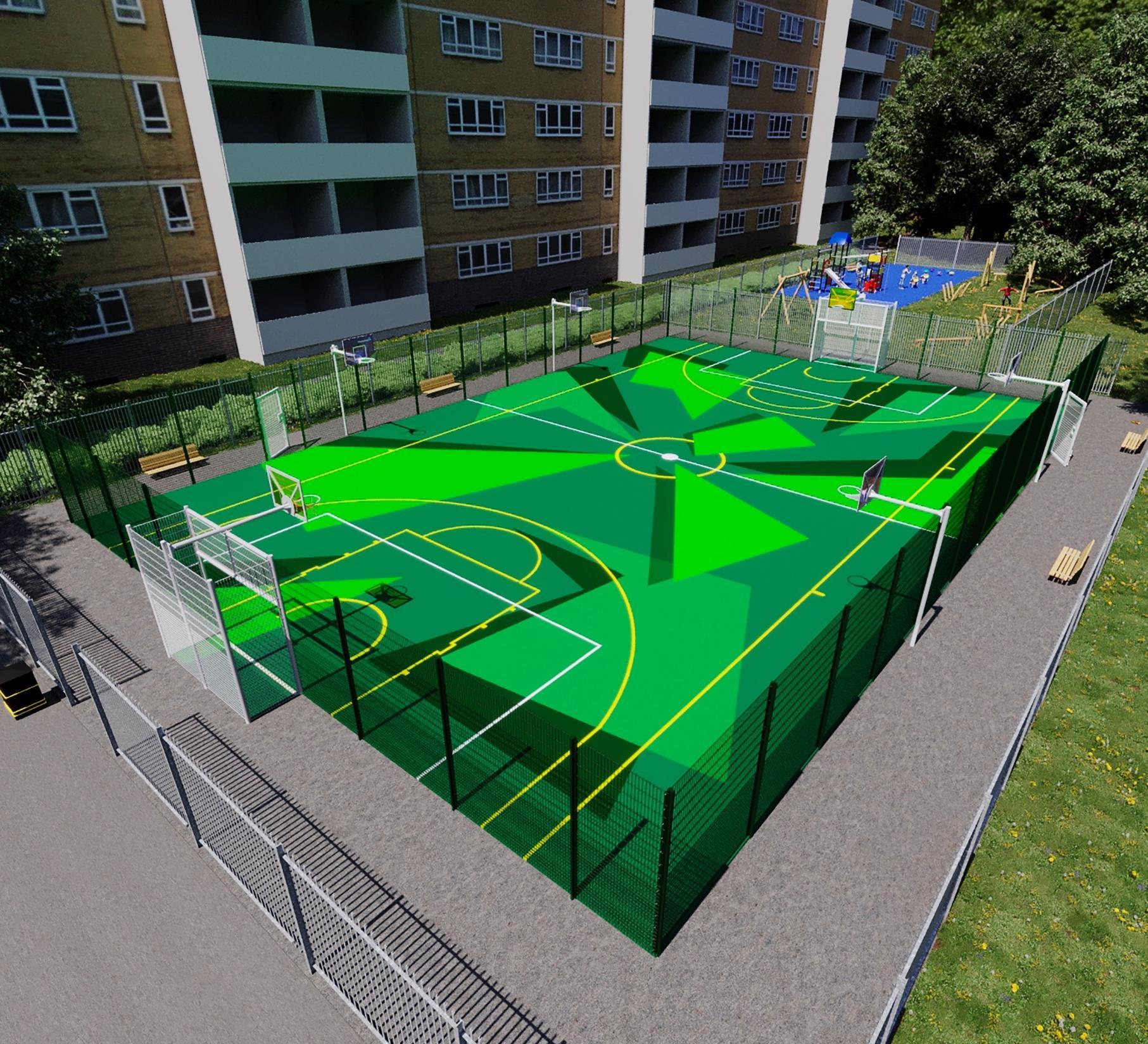
including both new build and refurbishments of existing spaces

Community Engagement central to the programme and project development process
Helping local communities to play recreational formats of football, as well as participating recreationally in other sports and physical activities

Floodlit facilities that allow for community useday and night, all year round
Deliver multi-sport benefits and tackle inequalities in priority groups and places

Targeted approach to engage with lowersocio-economic groups, women & girls, disabled people, ethnically diversecommunities


Delivering activities that meet the needs of priority groups

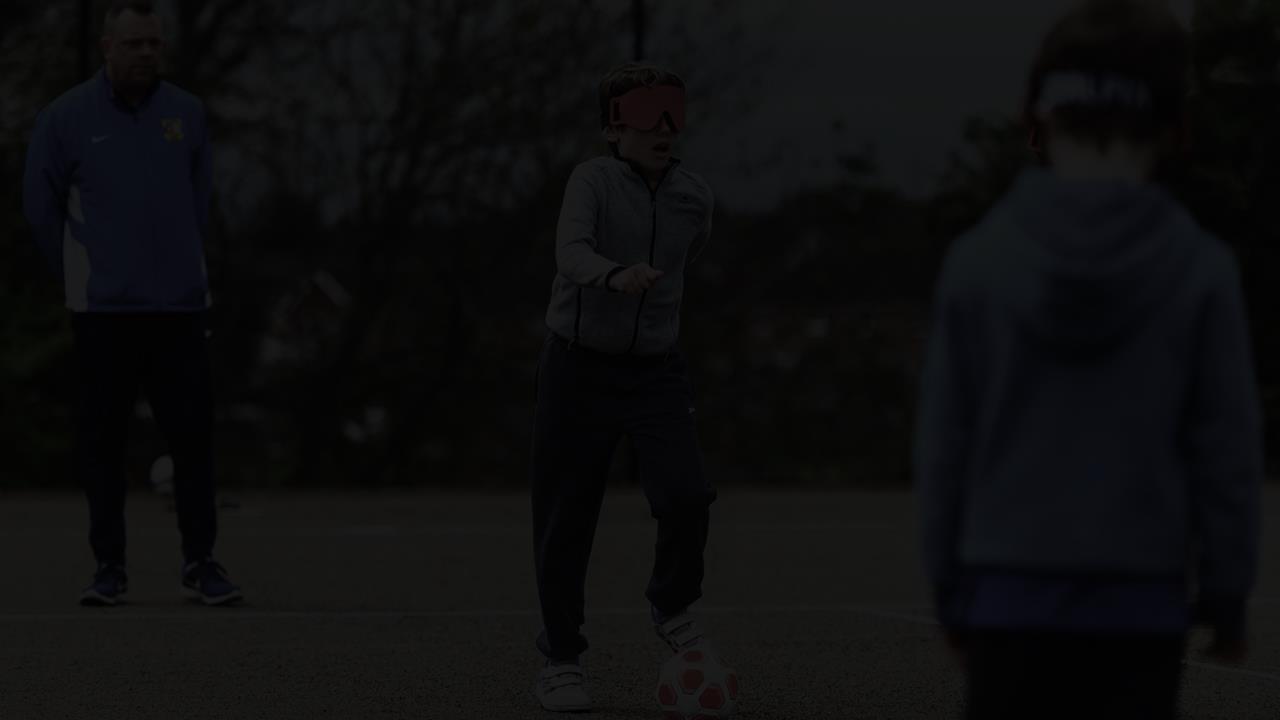

Sport England and the Football Foundation commissioned SDY Consultants to develop a strategic planning approach regarding smallsided football and multi-sport facilities.



The brief comprised:
o Lead a strategic mapping exercise pilot in Birmingham, identifying priority audiences and places for potential SSF investment.
o The development of a strategic planning framework, reflecting the learnings from the Birmingham pilot work, that can direct and support the delivery of capital investment into small sided facilities through a community and development led approach.
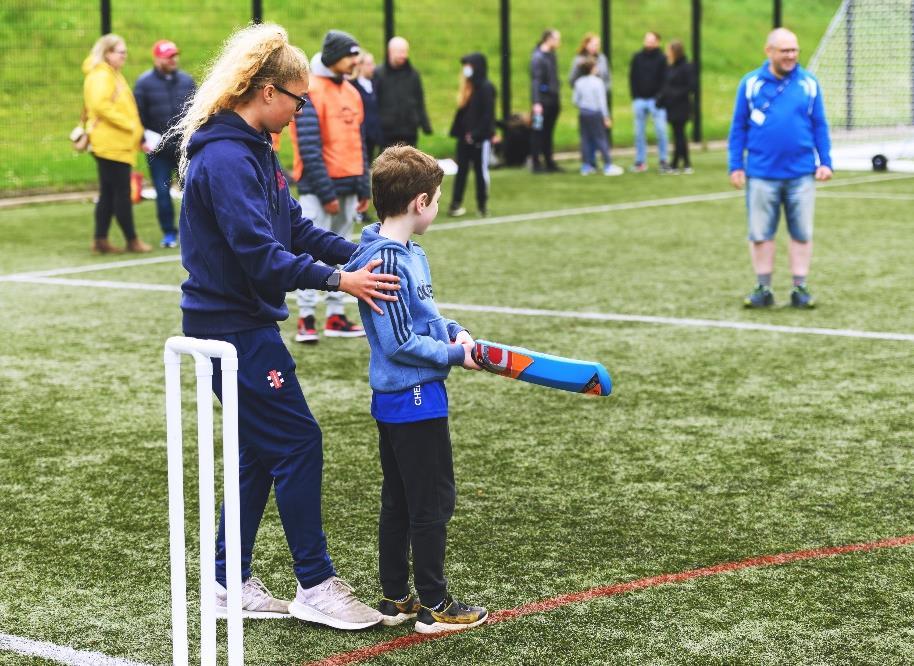
The following approach for the pilot project was agreed and implemented:
Model:
The diagram represents a top down approach which would allow clear identification of priorities starting nationally but quickly moving down to local.
Once priority audiences are clear, then the model shows how the approach would be locally developed to ensure community engagement, activation & management that fits with the appropriate national. Regional & local priorities.
Top down to set strategic priorities

National priorities via Sport England, Football Foundation, NGB’s
Regional priorities via Active Partnerships, Regional Sport bodies (CFA/ECB)

Bottom up to develop, activate and co-design
Local priorities through mapping via Local Authority, CCO’s, community groups, health partners, housing associations
Micro focusing on co design, activation & facility management via local partners or community leaders
Support tools — aimed specially to support orgs at
Step 3 & 4

Following

and






A city-wide strategy or plan for sport and facility investment is essential to enable an applicant to be ‘funding ready’.

Football Foundation should provide clear guidance and support for required community engagement.
Defining roles within early stage of the consortium development is essential to ensure effective collaboration and leadership.





Narrowing the focus of local partners is recommended to encourage prioritisation.
Use of a mapping tool is essential in Birmingham, the desktop approach (using wards, IMD and ethnicity data) broadly aligned with priority areas identified by local partners. However, data on people with a disability was difficult to obtain. Desktop mapping will need to be supplemented by local maps/knowledge of existing SSFs and potential new sites.




Understanding what is expected from community engagement is important for partners at the outset, including the required multi-sport perspective.
Partners were reluctant to risk damaging trust with local organisations by doing additional community engagement for capital projects due to their greater risk of not being delivered.




Process challenges ‘top-down’ and ‘bottom-up’ approach. It is crucial to take time to develop more local community perspective into site identification & avoiding traditional approach.
Consortium partners tended to identify existing sport facilities in need of upgrade/refurbishment due to this being their knowledge base. Consortium should take time to understand project aims & criteria.



NGBs were at very different starting points, depending on resources and capabilities. The funding programme provided an innovative and forward-thinking approach to local collaboration across different sport clubs and organisations.



Activation ideas and support in Birmingham was very positive, but local revenue funding should also be sought by consortium..



Identified as important success factor in research report, but pilot not able to cover within timeframe, however considerations were regularly raised:
Ongoing maintenance as part of the upfront construction o Facility management training for community organisations o Use of online booking systems for venues o Ongoing community engagement beyond the initial phase.



To deliver our ambitious targets we have developed a programme based on delivery of multiple projects in local authority areas:
Targeting priority areas Process developed to ensure a community-led approach
Findings of the community engagement will be used to inform the location and type of facility to meet the needs of the community
Focus on tackling inequalities and targeting priority groups
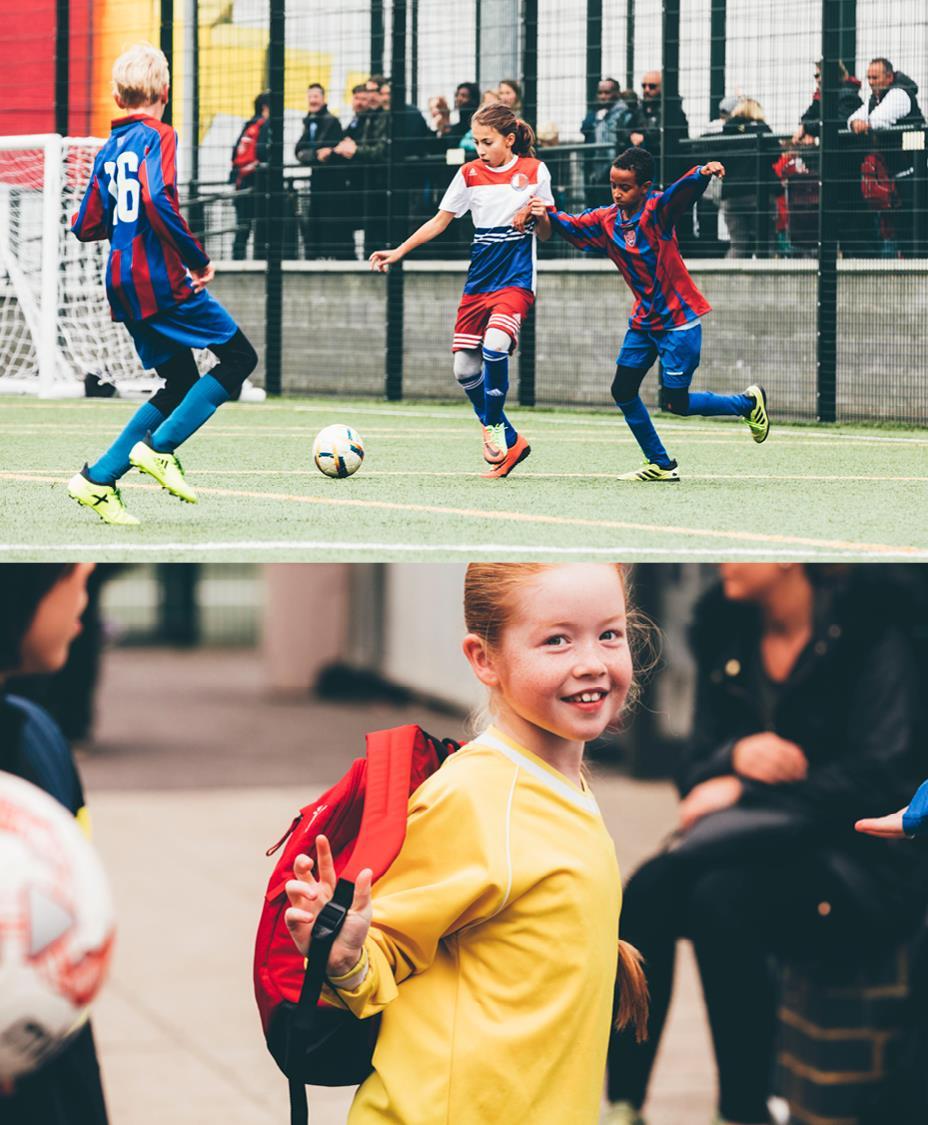
developed simultaneously in a local authority area and single application
to the
development driven by a consortium of local partners,with agreed Lead Organisation & Project Manager upfront funding available to support project management and community engagement costs
partnership funding
across

plan, business &
plans will form part of a Full Application submission
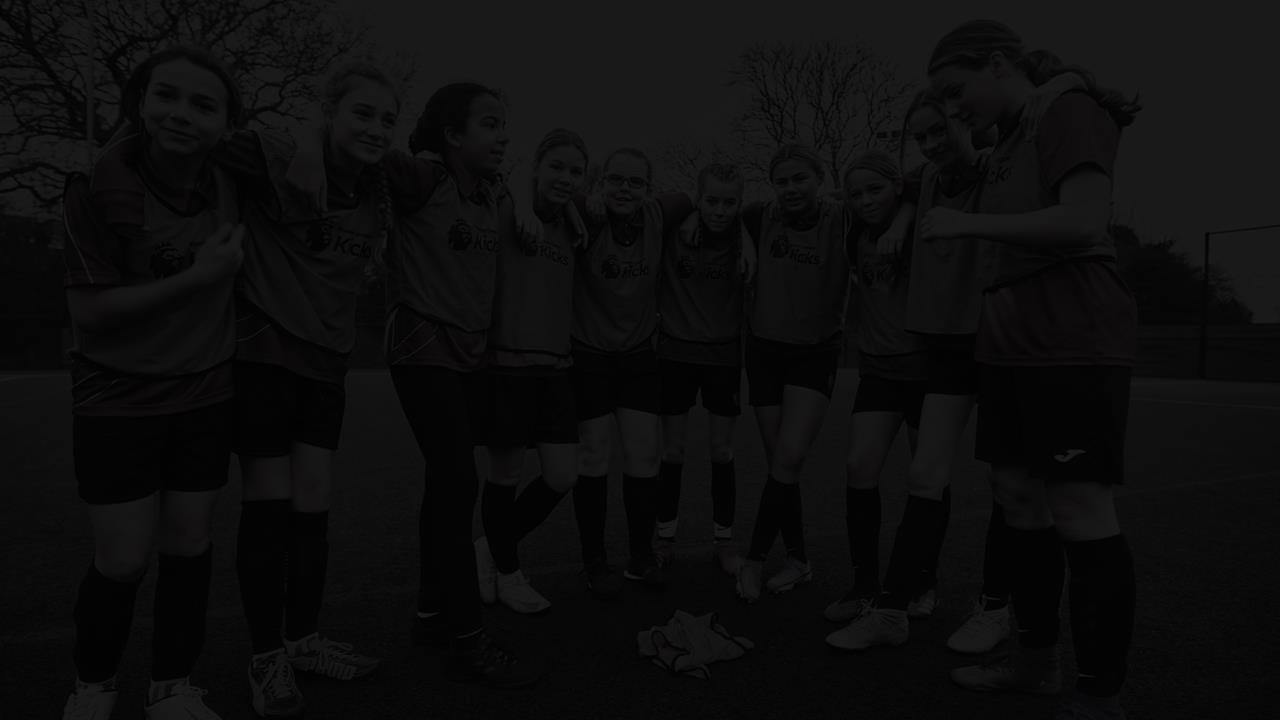
o A group of partners working together to develop and drive the application for a PlayZone portfolio in your area.
o The consortium identifies local priorities and engages with partners and community groups before submitting an investmentready portfolio
o Each consortium should appoint a Lead Organisation, based on local geography, politics and delegation of responsibility.
o Consortia should develop over the development of the programme to reflect local priorities.
Examples of consortium membership:
Local authority
• Sports and physical activity
• Health and wellbeing
• Parks and green spaces
Places and communities
Activepartnership
Football partners*
• Professional club community organisations
• County FA
Prominent community groups

Local charities
Other sport partners*
Housingassociations
Other sports, physical activity and wellbeingservices

o A key success factor for ATF has been the depth of consortia which reflect the local community and target groups
o Tackling inequalities, etc needs a collaborative approach
Identifying priority audiences and places
Appointing a project manager to coordinate the project
Managing relationships between local stakeholders
Seeking external expertise when required (e.g. technical, planning, design)
Consolidating, reviewing, and discussing existing insight for the local area
Ensuring community engagementis ongoing and remains central to the approach
Identifying multi sport opportunities across local communities
Securing local partnership funding

o Programme focused upon tackling inequalities within priority groups
o Priority groups across the country face stubborn inequalities in activity levels and access to sports facilities
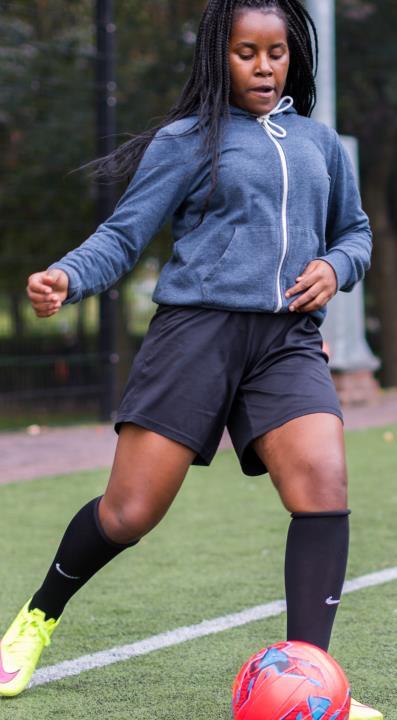
o There are four priority groups facing the greatest inequalities:
• Lower socio-economic groups

• Women and girls
• Disabled people and people with long-term health conditions
• Ethnically diverse communities
o We aim to offer safe and inclusive facilities that will help local communities overcome these challenges.
o We want you to identify the priority groups and places in your local area who would most benefit from access to a PlayZone facility.
o To ensure that your project meets the needs of these priority group you will need to engage with priority groups and involve them in the design of the projects.
Our Community Engagement Toolkit is designed to support this.




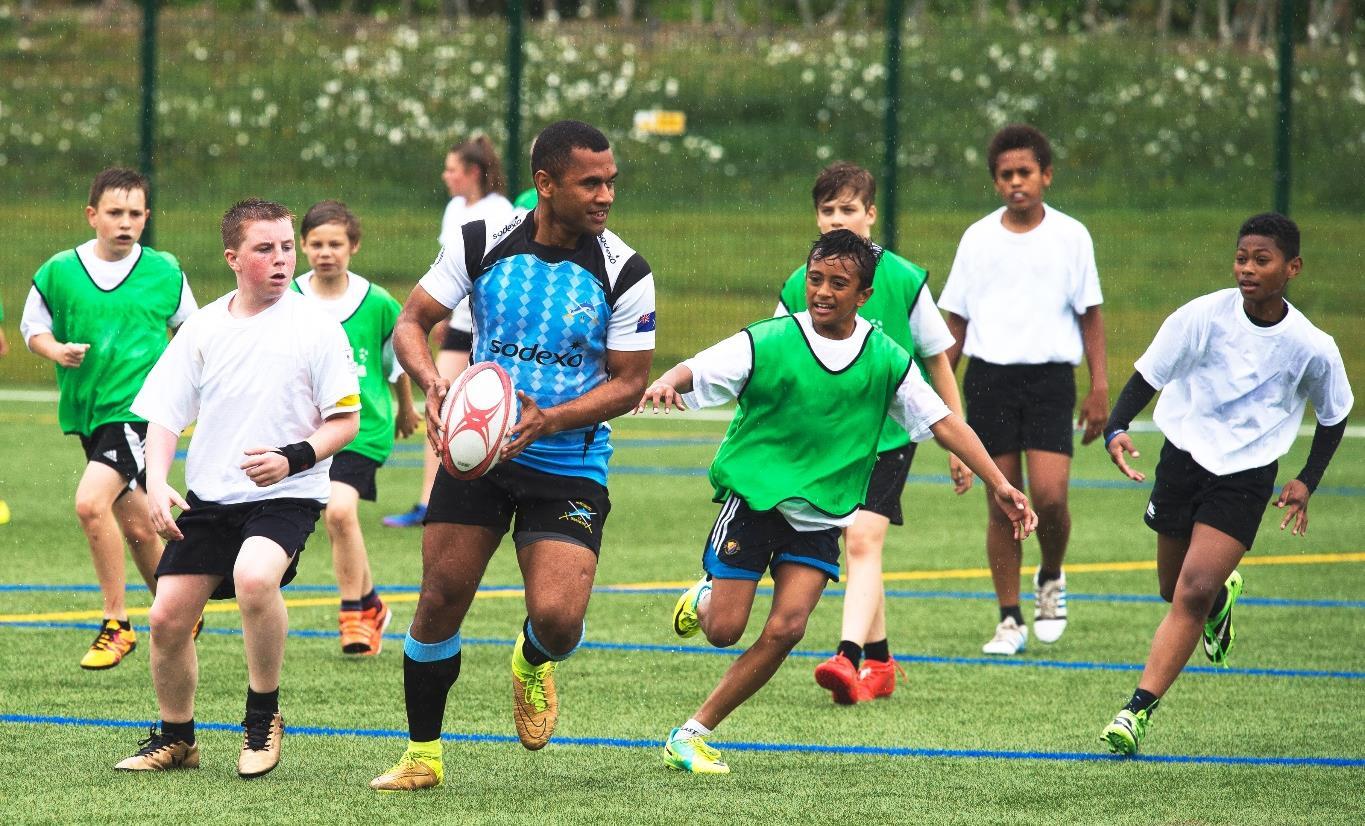

o Consortia should agree locally on a Lead Organisation
o Lead Organisation should email playzones@footballfoundation.org.uk to request access to the EOI form
o EOIs should be submitted by Friday 25th November 2022
o Applications will be assessed based on readiness factors
Organisations currently included

How do organisations represent the area, how have they been brought together and your lead organisation chosen?
• Who are the priority audiences you have identified to engage with?
• How and why have these been selected, what informed this decision and what engagement has already taken place and what has this told you?
• Which priority places have you identified and why?
• Supporting statement to commit to the principles of the programme
• Any additional information
• Amount requested
• Intended use
Key
Identify

Review existing
Identify other local
Start with exiting strategies / established local priorities
Support from the Pitchfinder mapping tool.
Once the focused is agreed, you’re ready to start the engagement
Think about who is best placed to lead






o Community engagement findings should help to inform the plan
Key partners should be identified that can help to activate the facility
Activation could come through NGB programme delivery e.g. PL Kicks, FA Wildcats, Back to Netball, All Stars cricket, 3x3 Basketball
Key community groups may also be in a position to activate the space through recreational activity
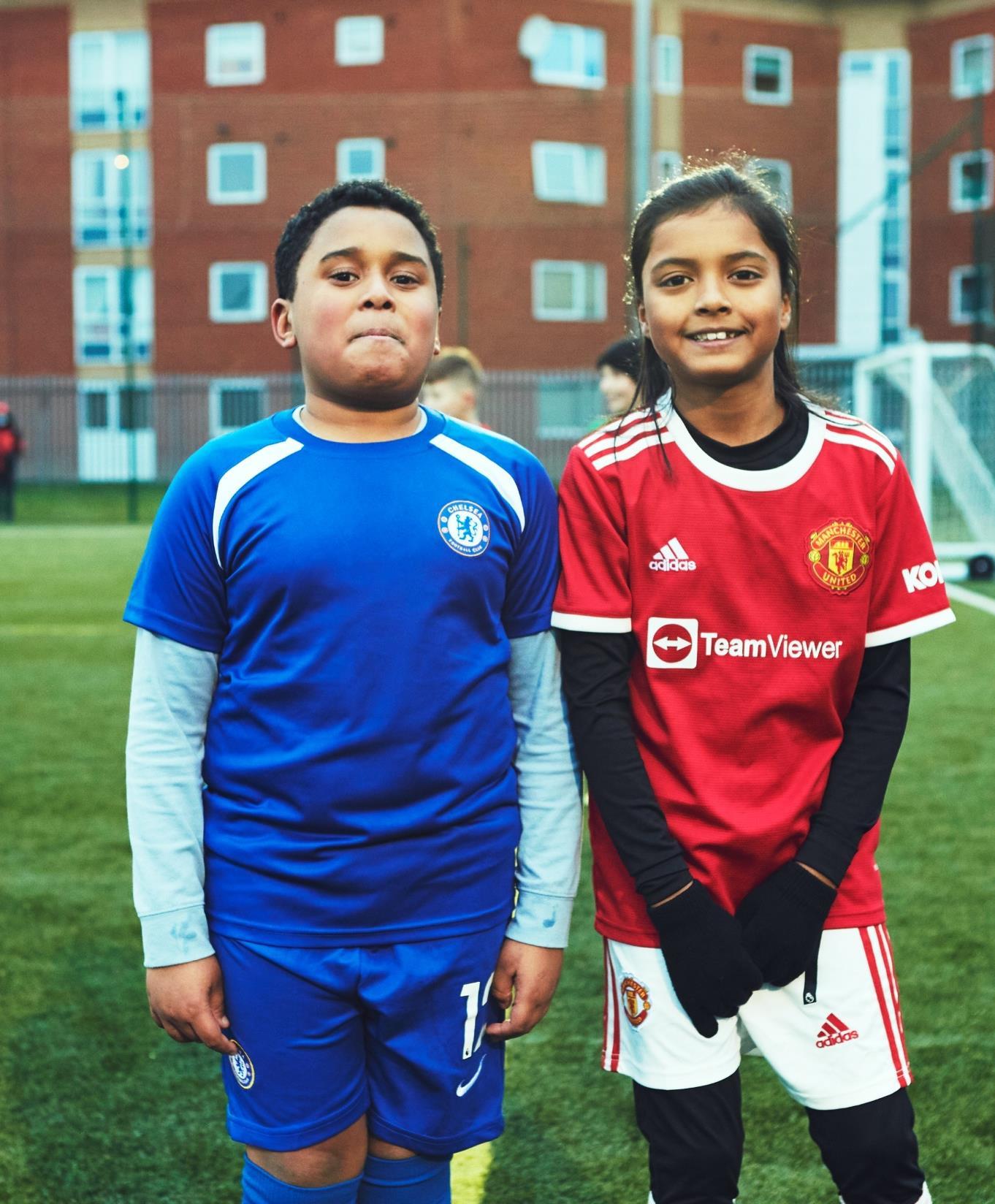
o Sessions must be bookable if we are to reach target audiences.There can be an element of open access, but a combination is required.
o Programme wide technology solutions currently being explored

o Each PlayZone should have a sustainable business plan that considers each site individually or across the full portfolio
o Overall programme aim of keeping the PlayZone running costs as low as possible

o Sets out where responsibility for costs and maintenance lie
o Factors such as site operation, ownership, surface type and activation plan will influence the business plan


